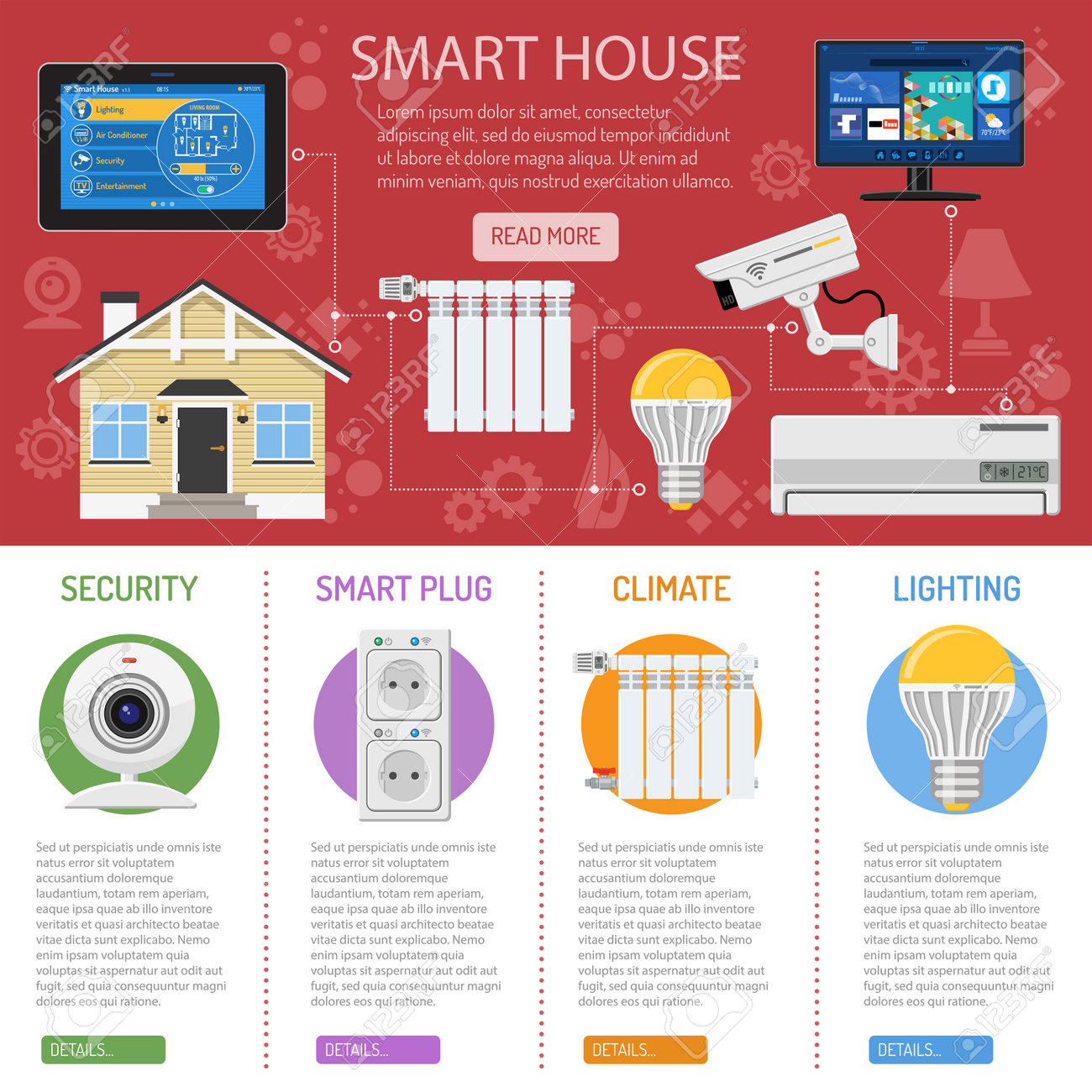As a homeowner, starting the installation of a heatpump demands accuracy and interest to information. From comprehending your cooling and heating requirements to selecting the ideal unit, each step plays a crucial function in the system's overall performance. Making sure a seamless setup includes more than just placing the unit; it requires a systematic method that assures effectiveness and longevity. So, as you prepare to handle this job, keep in mind that the trick to a successful heat pump setup depends on the thorough execution of each step in the procedure.
Preparation for Setup
When planning for the installation of a heat pump in your house, it's essential to begin with a detailed strategy. Beginning by evaluating your home's heating and cooling demands. Consider variables such as the dimension of your home, insulation quality, and neighborhood environment. This examination will assist figure out the suitable size and kind of heatpump for your room.
Next off, develop a budget for the project, including not just the price of the heat pump itself but additionally installation expenditures, permits, and any kind of necessary upgrades to your electrical system.
Study respectable a/c companies in your area and gather several quotes to compare prices and services used. It's important to select a licensed and seasoned contractor to ensure the installation is done correctly.
When you have actually chosen a service provider, routine a site visit for them to evaluate your home and provide a thorough installment strategy. Make certain to discuss any type of specific requirements or preferences you have for the setup procedure.
Installing the Heat Pump
To proceed with the setup of the heat pump in your home, the following action includes the actual process of setting up the system.
Begin by positioning the exterior device on a secure surface outside your home. Make sure that there's enough clearance around the system for correct air movement.
Next off, link the outdoor system to the interior unit making use of cooling agent lines. These lines need to be shielded to prevent power loss. Firmly secure https://www.wbrz.com/news/woman-s-costly-adventure-with-home-warranty-company-ends-in-settlement/ to the mounting braces and make certain they're level for ideal operation.
When ducted heat pumps chch remain in place, link the electrical wiring adhering to the manufacturer's instructions carefully. Ascertain all links to ensure safety and security and correct capability.
Finally, include the refrigerant to the system, taking care to comply with the right procedures to prevent leaks or damages.
Following these steps will guarantee a successful setup of your heat pump, providing reliable heating and cooling down for your home.
Testing and Upkeep
As soon as the heat pump installment is total, it's crucial to carry out regular screening and upkeep to guarantee optimal performance and durability of the system.
Start by inspecting the filters each to 3 months, cleaning or replacing them as needed to preserve effectiveness.
Examine the outdoor device for particles or obstructions that can hamper air flow, and clear any type of plants or things around it.
Test the thermostat settings, calibrating if needed, and make certain the temperature level analyses are exact.
Look for any uncommon sounds, resonances, or smells throughout operation, as these might suggest underlying concerns.
air conditioning system of yearly to inspect and tune up the system, ensuring all parts are functioning properly.
Regular maintenance not just enhances performance yet also extends the life-span of your heatpump, saving you money in the long run.
Verdict
Now that you have actually successfully installed your heat pump, do not neglect to set up regular upkeep to maintain it running successfully. Bear in mind to check filters, check the system, and routine expert tune-ups to ensure optimum performance. By complying with these actions and taking great care of your heatpump, you can appreciate reputable heating and cooling for years ahead. Congratulations on completing the installation procedure!
